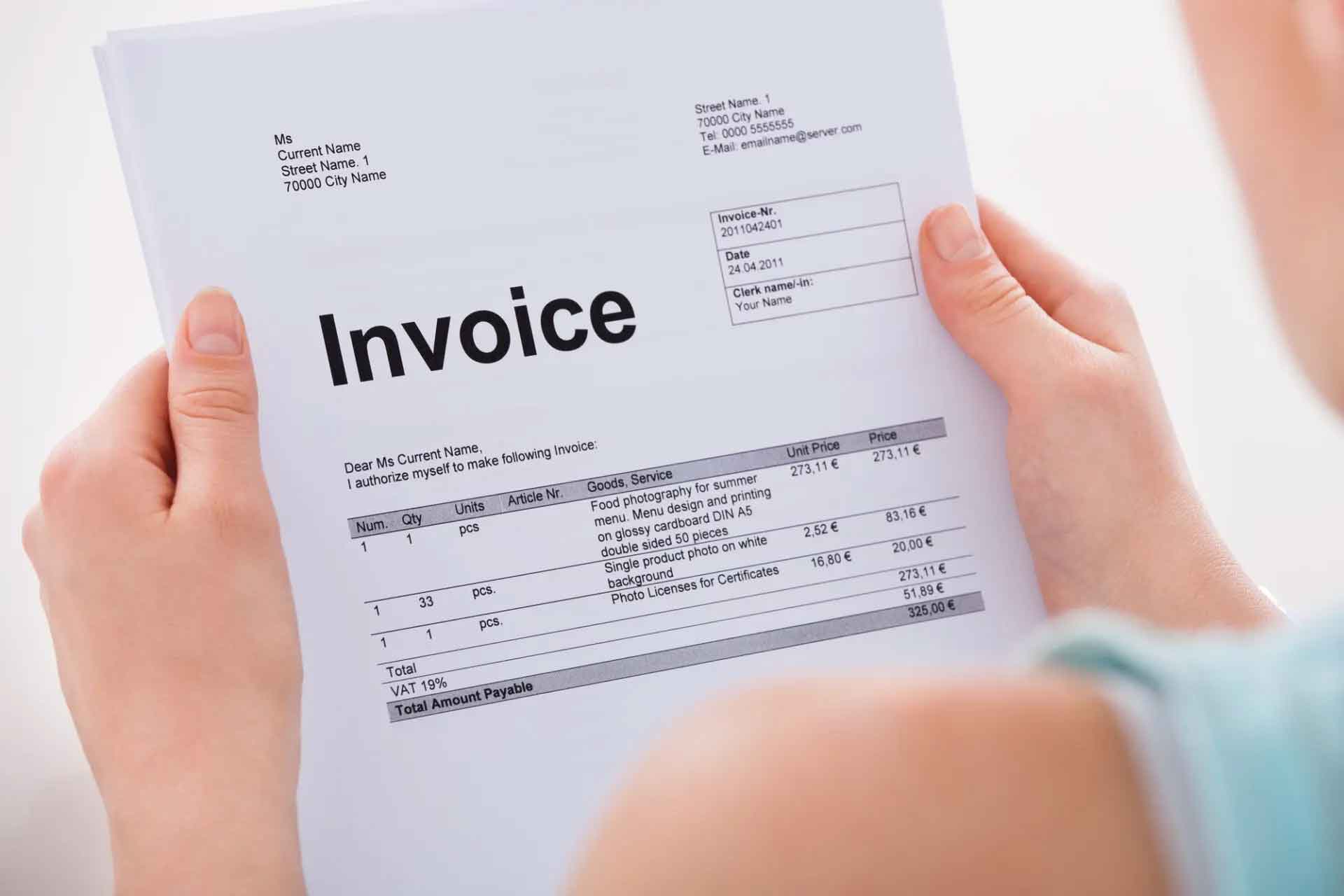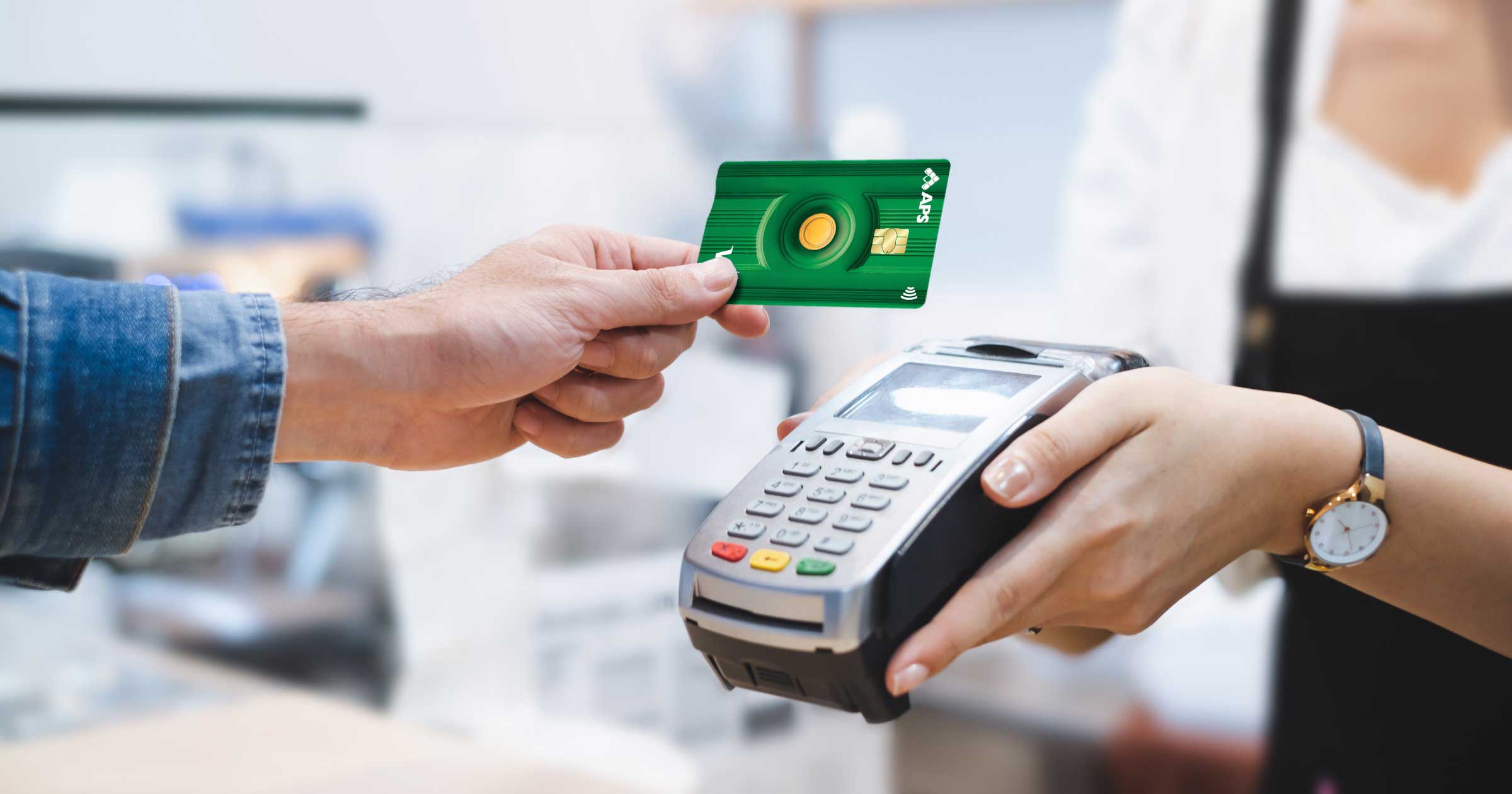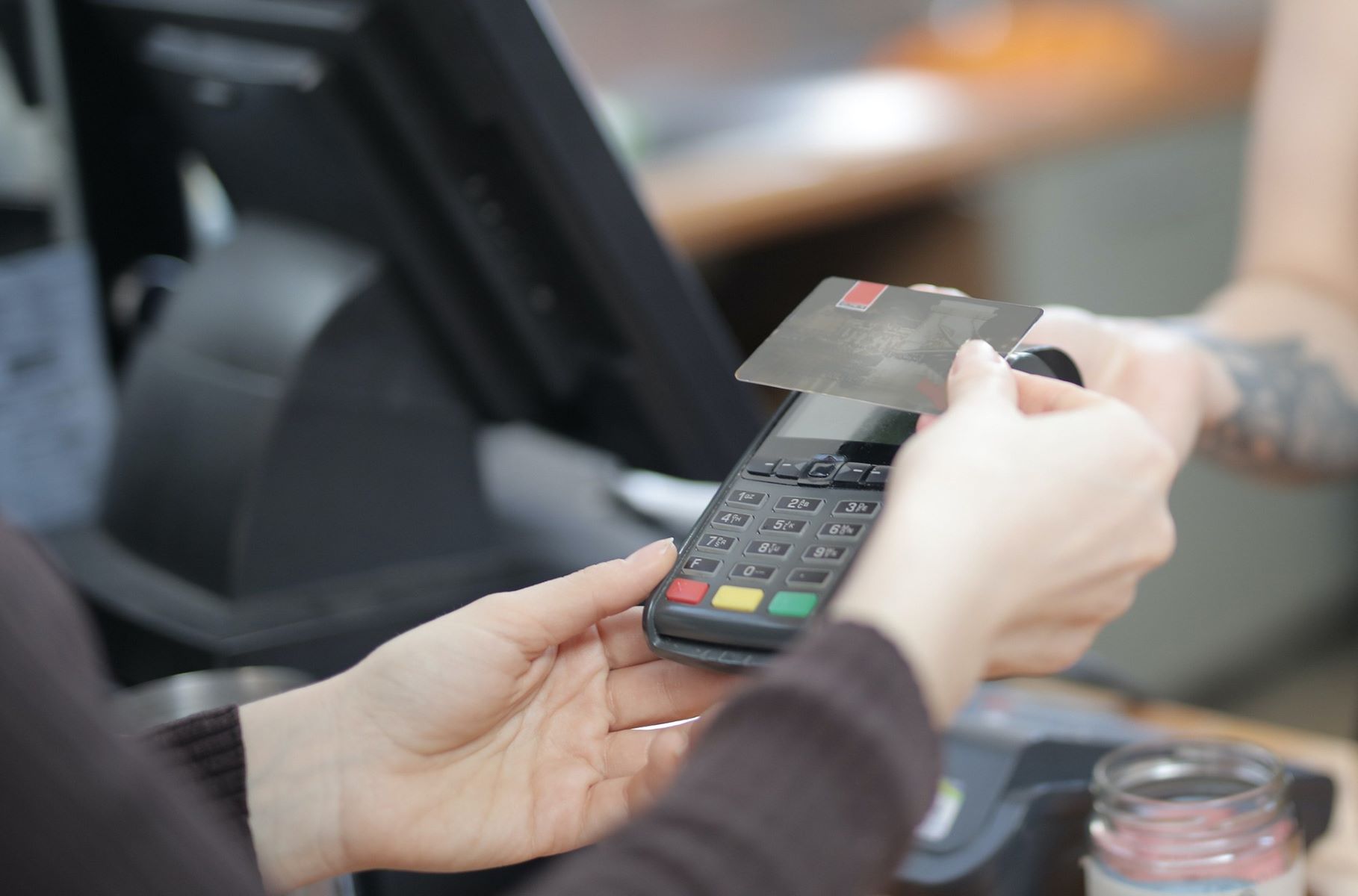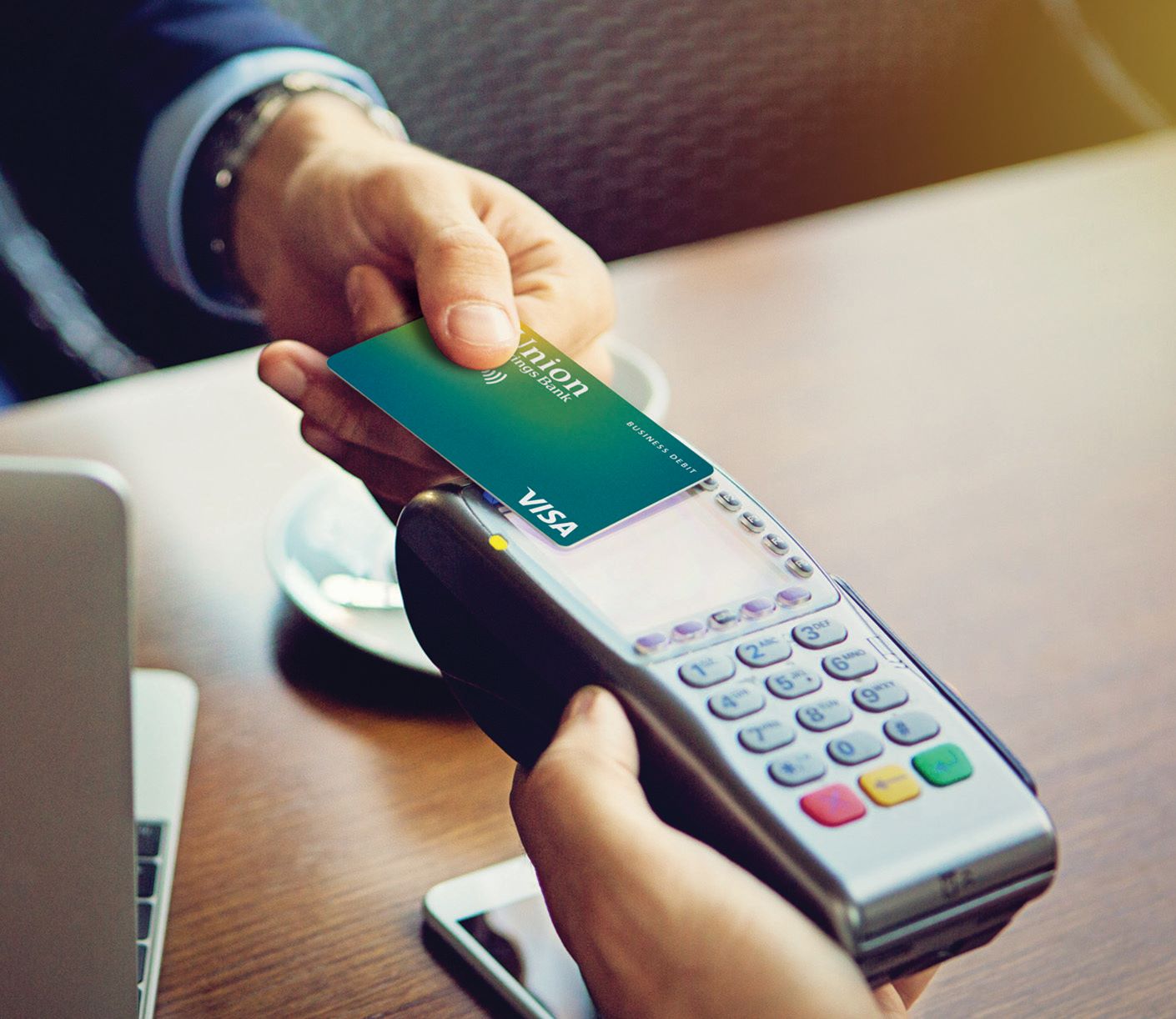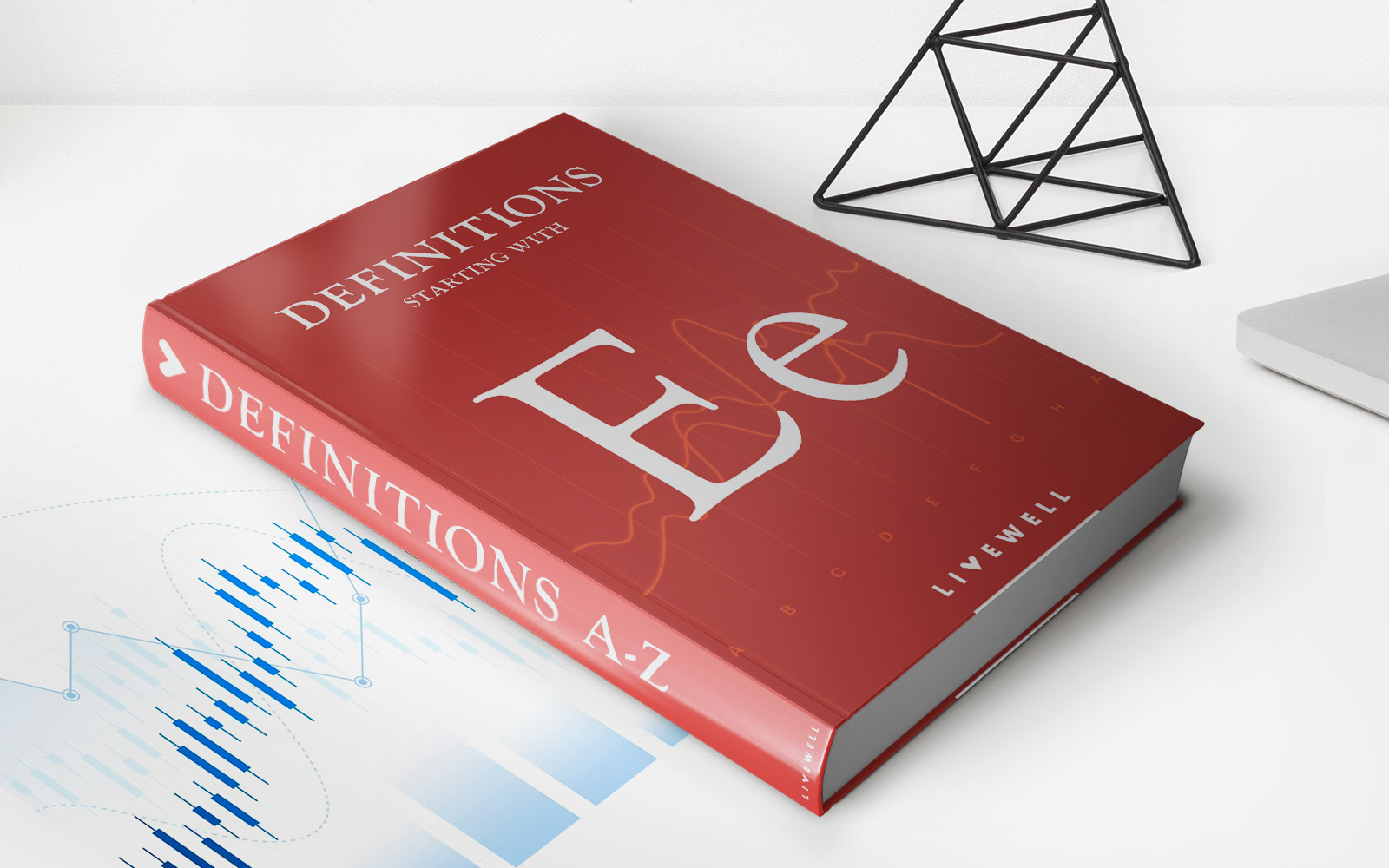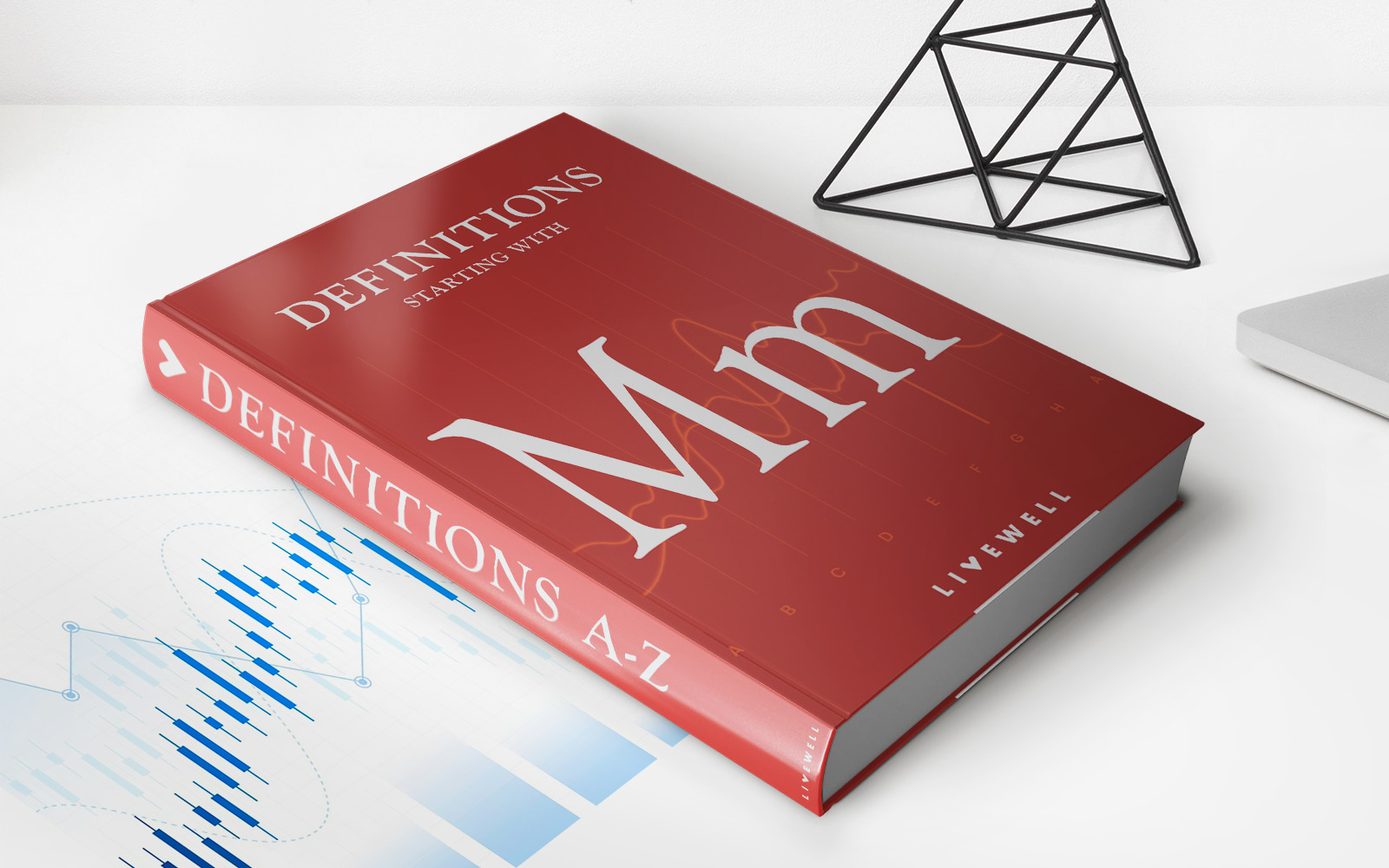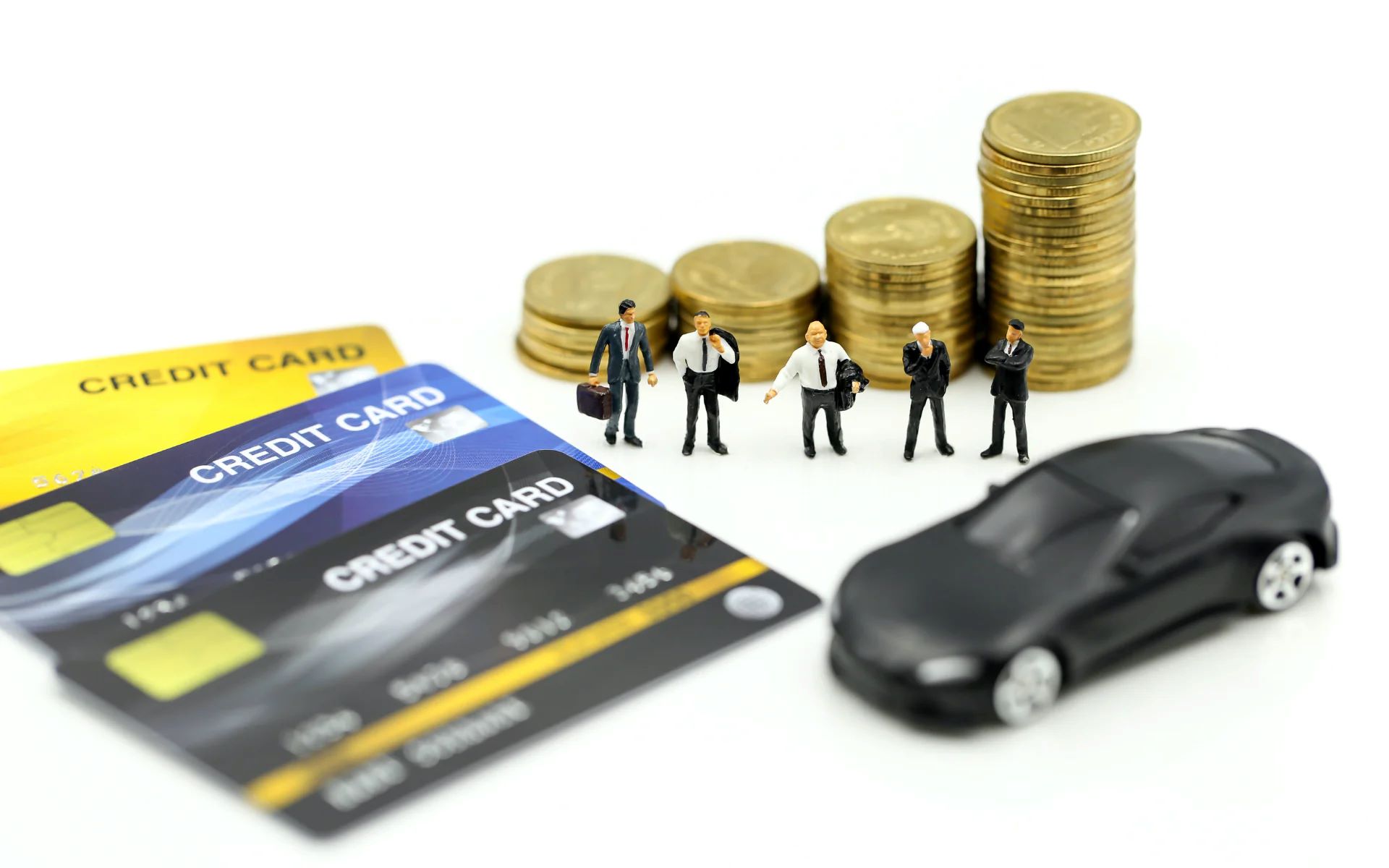

Finance
How To Pay Car Note With Credit Card
Published: October 24, 2023
Learn how to pay your car note with a credit card and manage your finances effectively. Discover the benefits and steps involved in this convenient payment option.
(Many of the links in this article redirect to a specific reviewed product. Your purchase of these products through affiliate links helps to generate commission for LiveWell, at no extra cost. Learn more)
Table of Contents
Introduction
Car notes, also known as car loans or auto loans, have become a common way for people to finance their vehicle purchases. However, making monthly payments towards your car note can sometimes be a hassle, especially when it comes to finding convenient and secure payment methods. One option that has gained popularity in recent years is paying car notes with credit cards. In this article, we will explore the benefits of using credit cards to pay your car note, the factors to consider before doing so, and the steps involved in making these payments.
Traditionally, car notes are paid through direct bank transfers or checks. While these methods may seem straightforward, they can be time-consuming and often involve additional steps like writing and mailing checks or setting up automatic transfers. Additionally, some individuals may not have a checking account, making it difficult for them to make these payments. Paying car notes with credit cards offers a convenient and secure alternative, giving people greater flexibility and control over their finances.
Before we delve into the details, it is important to note that while paying car notes with credit cards can be advantageous in many ways, it may not be the right choice for everyone. It is crucial to assess your financial situation and consider various factors before deciding if this payment method is suitable for you. So, let’s explore the benefits of paying car notes with credit cards and understand the factors to keep in mind before opting for this payment option.
Understanding Car Notes
Before we dive into paying car notes with credit cards, it’s important to have a clear understanding of what car notes are and how they work. A car note refers to a loan that is taken out to finance the purchase of a vehicle. It typically involves borrowing a specific amount of money from a lender, such as a bank or a financial institution, to pay for the vehicle.
Car notes are structured with a fixed term, usually ranging from 24 to 72 months, during which the borrower is required to make regular monthly payments to repay the loan. The amount of the monthly payment includes both the principal amount borrowed and the interest charged by the lender. The interest rate on car notes can vary depending on factors such as the borrower’s credit history, the length of the loan term, and the type of vehicle being financed.
When a person decides to purchase a vehicle using a car note, they enter into a legally binding agreement with the lender. This agreement outlines the terms and conditions of the loan, including the repayment schedule, interest rate, and any additional fees or charges that may apply. It is essential for borrowers to carefully review and understand the terms of the car note before signing the agreement.
It is worth noting that car notes are often secured by the vehicle itself, which means that if the borrower fails to make their monthly payments, the lender has the right to repossess the vehicle as a form of collateral. This serves as an incentive for borrowers to fulfill their obligations and make timely payments towards their car note.
Overall, understanding the basics of car notes is crucial when it comes to managing your finances and making informed decisions. Now that we have a clear understanding of car notes, let’s move on to explore the benefits of paying car notes with credit cards.
Benefits of Paying Car Notes with Credit Cards
Paying car notes with credit cards can offer several advantages for individuals looking for convenience and flexibility in their payment options. Here are some of the key benefits of using credit cards to pay your car note:
- Rewards and Cash Back: Many credit cards offer rewards programs or cash back incentives for every dollar spent. By using a credit card to pay your car note, you can earn rewards points or receive cash back, which can be utilized for future purchases or even to offset your car note expenses.
- Convenience: Credit cards offer a convenient and hassle-free method of payment. Instead of writing checks or setting up automatic transfers, you can simply make a payment online or over the phone using your credit card details. This saves you time and effort, allowing you to focus on other important aspects of your life.
- Flexible Payment Options: Credit cards provide flexibility in terms of payment schedules. You can choose to pay your car note in full each month or divide the payment into smaller installments. Some credit cards even offer 0% interest promotional periods, allowing you to avoid incurring interest charges during a specific time frame.
- Build or Improve Credit Score: Paying your car note with a credit card can help build or improve your credit score. By making timely payments and keeping your credit utilization low, you demonstrate responsible credit management, which is positively reflected on your credit history. A good credit score opens doors to better borrowing opportunities and lower interest rates in the future.
- Protection and Security: Credit cards provide an additional layer of protection against fraud or unauthorized charges. If there are any issues with your car note payment or if you encounter fraudulent activity, you can dispute the charges with your credit card issuer, who will investigate and resolve the matter. This adds a sense of security and peace of mind to your financial transactions.
It’s important to note that while these benefits can be advantageous, they vary depending on the specific credit card and the terms and conditions associated with it. It’s recommended to carefully review the rewards and benefits offered by different credit cards and choose one that aligns with your financial goals and lifestyle.
Now that we’ve explored the benefits of paying car notes with credit cards, let’s move on to discuss the factors you should consider before opting for this payment method.
Factors to Consider before Paying Car Notes with Credit Cards
While paying your car note with a credit card can offer several advantages, it’s essential to carefully consider the following factors before making the decision:
- Interest Rates: Evaluate the interest rates associated with your credit card and compare them to the interest rate of your car note. Make sure that the interest rate on your credit card is competitive and will not result in higher overall costs compared to other payment methods.
- Compatibility: Confirm whether your lender accepts credit card payments for car notes. Not all lenders may offer this option or may impose restrictions or additional fees for credit card payments. Contact your lender to inquire about their credit card payment policies.
- Credit Limit and Available Credit: Consider your credit card’s limit and the amount of available credit you have. Ensure that your credit card has a sufficient limit to accommodate your car note payments without maxing out your card.
- Fees and Charges: Understand any fees or charges associated with using your credit card to make car note payments. Some credit cards may charge transaction fees or impose penalties for late payments, which can add to your overall expenses.
- Rewards and Benefits: Take into account the rewards and benefits offered by your credit card. If the rewards earned by paying your car note outweigh any fees or charges, it may be a worthwhile option. Consider how these rewards fit into your financial goals and whether they align with your spending habits.
- Financial Stability: Assess your financial situation and stability. If you are struggling with credit card debt or have a history of missed payments, it may be best to avoid using credit cards to pay your car note. Consider consulting with a financial advisor to get a clear picture of your financial health.
By carefully considering these factors, you can make an informed decision about whether paying your car note with a credit card is the right choice for you. It’s crucial to weigh the advantages and disadvantages based on your unique financial circumstances and goals.
Now that we’ve examined the factors to consider, let’s move on to the step-by-step process of paying your car note with a credit card.
Steps to Pay Car Note with Credit Card
If you’ve weighed the factors and decided to pay your car note with a credit card, here are the steps involved in this payment method:
- Contact Your Lender: Reach out to your car loan lender to confirm that they accept credit card payments. Inquire about any specific instructions or requirements they may have for making payments through a credit card.
- Gather Information: Collect all the necessary information about your car loan, including the loan account number, the due date, and the amount due. Make sure to have this information readily available before proceeding with the payment.
- Select a Credit Card: Choose the credit card that you intend to use for your car note payment. Ensure that the credit card has a sufficient credit limit and offers the rewards or benefits that align with your financial goals.
- Initiate the Payment: Use the online portal or contact the customer service of your credit card issuer to make the payment. Provide the required information, such as the loan account number, the due date, and the payment amount.
- Verify the Payment: After making the payment, verify that it has been processed successfully. Keep a record or confirmation of the payment for your reference and for future documentation purposes.
- Monitor Credit Card Balance: Keep an eye on your credit card balance and ensure that you have enough available credit to accommodate the car note payment. Avoid exceeding your credit limit to prevent any negative impact on your credit score.
- Continue Making Payments: Remember that paying your car note with a credit card is an ongoing process. Make sure to continue making timely monthly payments and keep track of the due dates to avoid any late fees or negative consequences.
Following these steps will guide you through the process of paying your car note with a credit card. Stay vigilant about your credit card balance and payment schedule to maintain a healthy financial standing.
However, it’s crucial to note that these steps may vary depending on your lender and credit card issuer. Always refer to the specific instructions and guidelines provided by these entities to ensure a smooth payment process.
Now let’s move on to discuss potential challenges that you may encounter when paying your car note with a credit card and explore possible solutions.
Potential Challenges and Solutions
While paying your car note with a credit card offers convenience and flexibility, there are some potential challenges that you may encounter. Here are a few common issues and possible solutions:
- Merchant Restrictions: Some car loan lenders may not accept credit card payments or may impose restrictions on using credit cards for payments. In such cases, consider alternative payment methods like electronic transfers or checks, or explore the option of refinancing your car loan with a lender that accepts credit card payments.
- Higher Interest Costs: One of the potential drawbacks of using a credit card to pay your car note is the possibility of higher interest costs. Credit card interest rates are typically higher than those of auto loans. To mitigate this issue, consider paying off the credit card balance in full each month to avoid accruing interest, or explore credit cards with low or 0% introductory interest rates.
- Credit Utilization Ratio: Paying your car note with a credit card can increase your credit utilization ratio, which compares the amount of credit you’re using to your total credit limit. A high credit utilization ratio can negatively impact your credit score. To counter this, you can request a credit limit increase on your credit card or make multiple smaller payments throughout the month to keep your credit utilization ratio low.
- Limited Rewards: Depending on your credit card’s rewards program, paying your car note may not earn as many rewards or cash back as other types of purchases. In this case, explore other ways to maximize your credit card rewards, such as using the card for other eligible expenses or consider switching to a credit card with better rewards for car-related expenses.
- Fee Considerations: Some credit cards charge transaction fees for paying installment loans, including car notes. These fees can add up over time and offset the benefits of using a credit card. Before making payments, review the terms and conditions of your credit card to understand any potential fees or charges and evaluate if the benefits outweigh the costs.
It’s essential to evaluate these potential challenges and consider the solutions that best suit your financial goals and circumstances. It may be helpful to consult with a financial advisor or speak with representatives from both your credit card issuer and car loan lender to discuss any concerns or questions you may have.
Now that we’ve explored the potential challenges and solutions, let’s wrap up our discussion.
Conclusion
Paying your car note with a credit card can offer convenience, flexibility, and potential rewards. However, before deciding to use this payment method, it is crucial to consider several factors, such as interest rates, credit limits, fees, and your overall financial stability.
The benefits of paying car notes with credit cards include earning rewards or cash back, enjoying convenient payment options, building or improving your credit score, and the added protection provided by credit card issuers. However, it’s important to assess whether these benefits outweigh any potential drawbacks, such as higher interest costs or limited rewards.
By following the necessary steps, including contacting your lender, gathering information, selecting a suitable credit card, initiating the payment, and monitoring your credit card balance, you can successfully pay your car note with a credit card. Be aware of potential challenges, such as merchant restrictions or increased credit utilization, and explore possible solutions, such as refinancing your loan or requesting a credit limit increase.
Ultimately, the decision to pay your car note with a credit card should be based on your individual financial situation and goals. Carefully evaluate the benefits, drawbacks, and consider seeking guidance from financial professionals if needed.
Remember, responsible financial management goes beyond just the payment method. Make sure to continue making timely payments, keep track of due dates, and stay on top of your overall financial responsibilities. By doing so, you can maintain a healthy financial standing and drive towards a brighter financial future.
